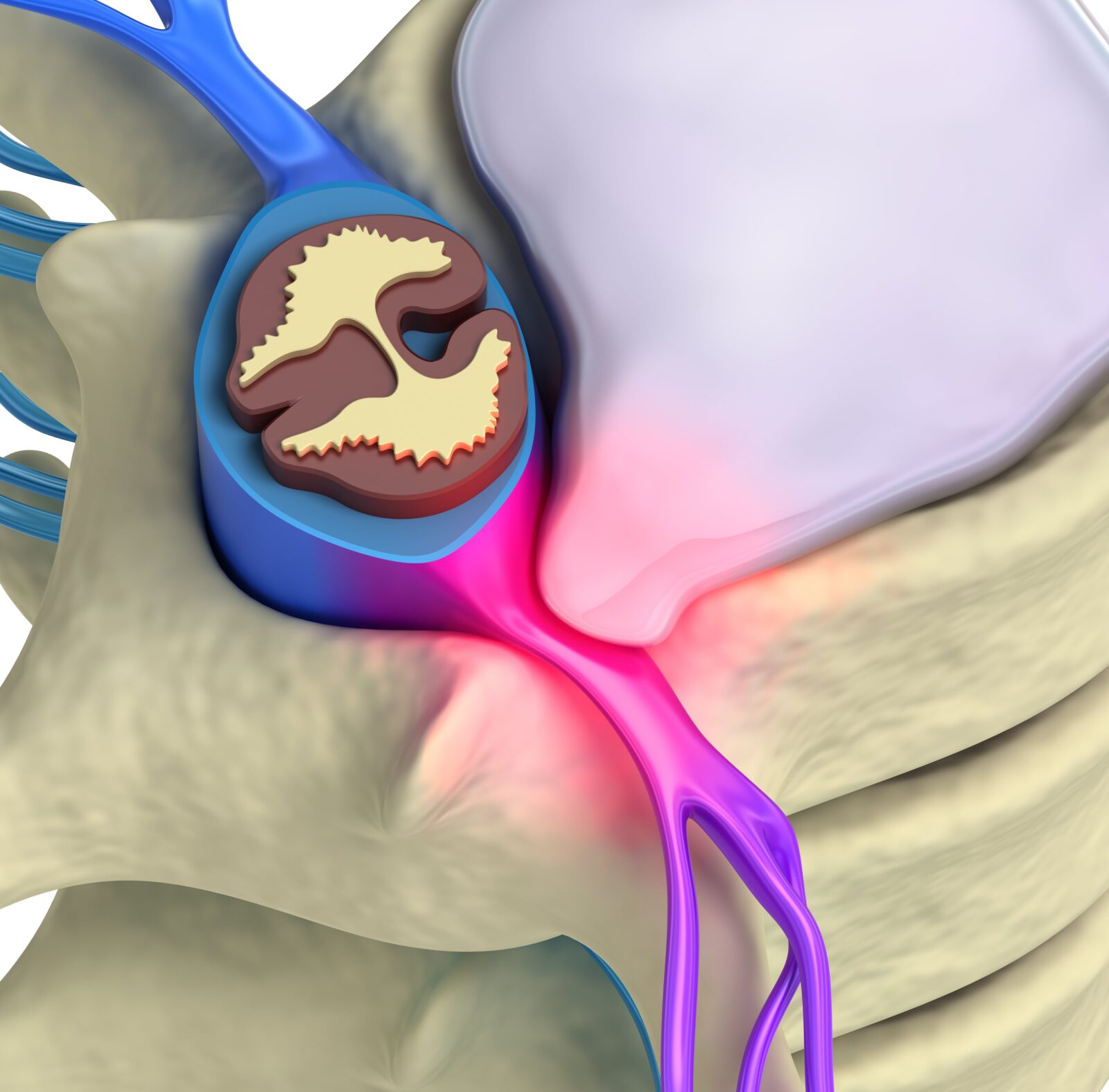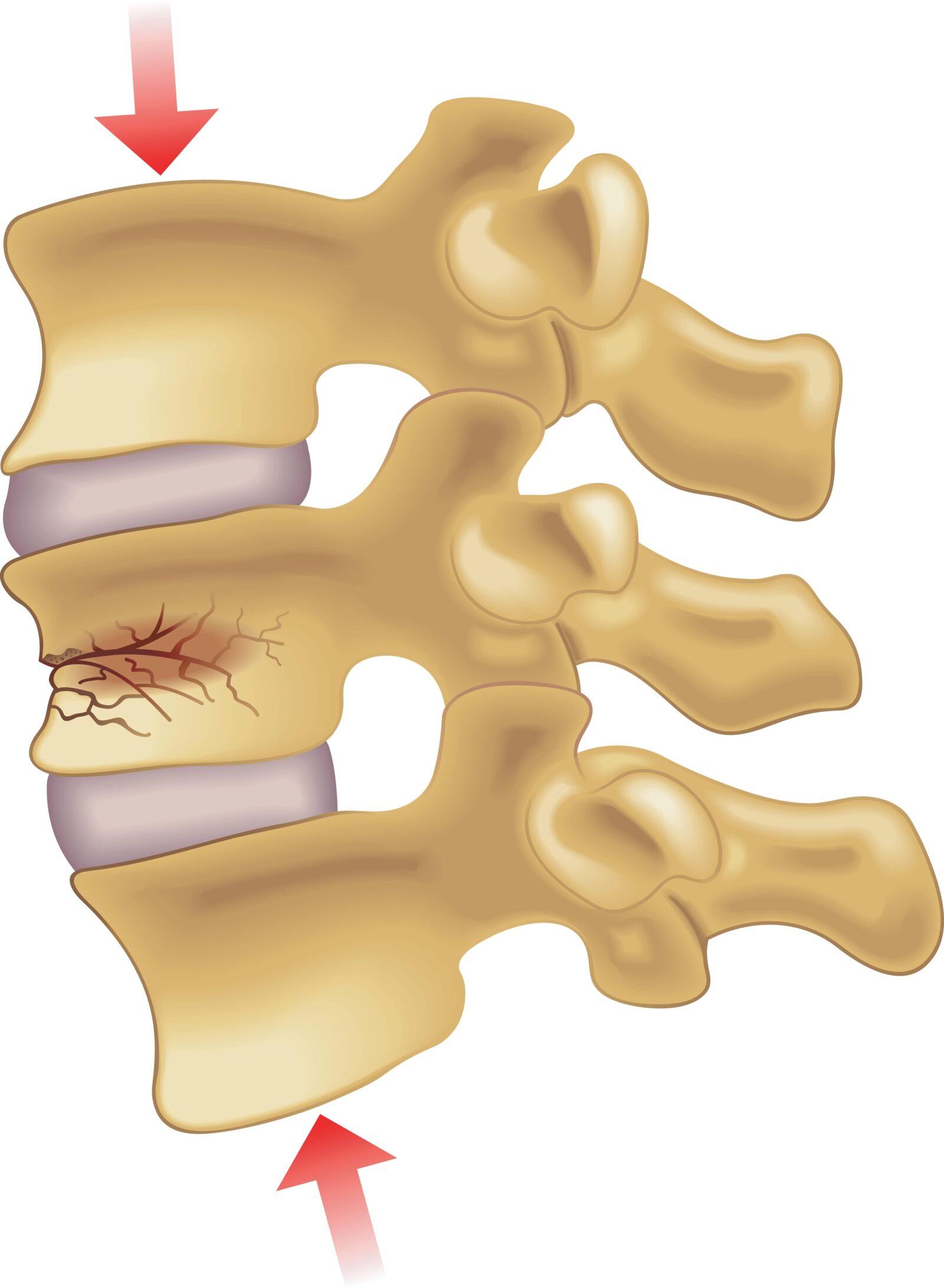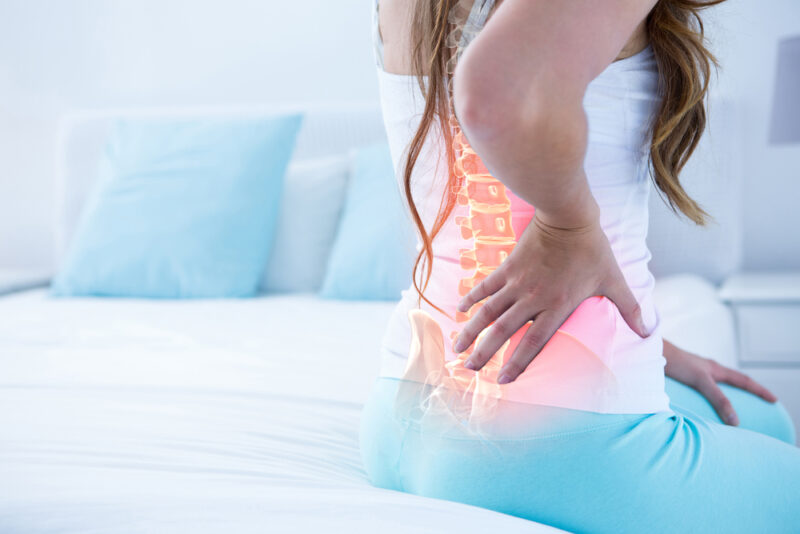Lower back pain is a pervasive and often debilitating condition that affects a significant portion of the population. It can arise from various causes, and understanding these underlying factors is crucial for effective treatment and prevention. In this article, we will explore the six most common causes of lower back pain: muscle strain, herniated discs, degenerative disc disease, spinal stenosis, sciatica, and spondylolisthesis. By gaining insights into these prevalent conditions, we can equip ourselves with the knowledge needed to address the root issues and find relief from the burden of lower back pain.
Muscle Strain and Sprains
Muscle strains in the lower back occur when the muscles are overextended or torn due to factors such as sudden exertion, poor lifting techniques, or repetitive motions. These strains contribute to lower back pain by causing inflammation, muscle spasms, and localized discomfort. The injured muscles can also put pressure on nearby nerves, resulting in radiating pain. Prevention involves maintaining proper posture, using correct lifting techniques, and incorporating exercises to strengthen the core and back muscles. Initial treatment includes rest, ice or heat therapy, and over-the-counter pain medications. Severe cases may require physical therapy or prescription medications. Prompt identification and management of muscle strains are crucial for alleviating lower back pain and promoting healing.
Herniated Discs

Herniated discs are another common cause of lower back pain. They occur when the soft inner material of a spinal disc protrudes through the outer layer, pressing against nearby nerves. The herniation can be caused by factors such as age-related degeneration, injury, or excessive strain on the spine. When a disc herniates, it can lead to intense lower back pain due to the compression and irritation of the nerves. The pain may radiate down the legs, causing additional symptoms such as numbness, tingling, and weakness. Diagnosis involves physical examinations and imaging tests. Treatment options range from conservative measures such as rest, physical therapy, and medication to more invasive procedures like epidural steroid injections or surgical interventions. Addressing herniated discs promptly is crucial to alleviate lower back pain and prevent further complications.
Degenerative Disc Disease
Degenerative disc disease is a condition characterized by the gradual deterioration of the spinal discs over time. The discs, which act as cushions between the vertebrae, lose their flexibility, elasticity, and ability to absorb shock. This degeneration can contribute to lower back pain. As the discs wear down, the space between the vertebrae narrows, leading to instability and increased friction. This can cause inflammation, nerve compression, and the development of bone spurs. The resulting lower back pain can range from mild to severe and may be accompanied by stiffness and limited mobility. Risk factors for degenerative disc disease include aging, genetics, smoking, and certain occupations that involve repetitive movements or heavy lifting. Treatment options include lifestyle modifications, such as regular exercise and weight management, along with physical therapy, pain medications, spinal injections, and, in severe cases, surgery. Managing degenerative disc disease can help alleviate lower back pain and improve overall quality of life.
Spinal Stenosis
Spinal stenosis is a condition characterized by the narrowing of the spinal canal, which houses the spinal cord and nerves. This narrowing can occur due to various factors, such as age-related changes, herniated discs, or bone spurs. As the space within the spinal canal diminishes, it can lead to compression and pressure on the spinal cord and nerves, resulting in lower back pain. The pain may radiate down the legs, causing symptoms like numbness, tingling, and weakness. Additionally, spinal stenosis can cause spinal instability and inflammation, further contributing to lower back discomfort. Risk factors include age, genetics, and conditions such as arthritis. Treatment approaches for spinal stenosis may include physical therapy, pain management techniques, medications, and, in some cases, surgery to alleviate the narrowing and relieve lower back pain.
Osteoarthritis

Osteoarthritis, a degenerative joint disease, can affect the spine and contribute to lower back pain. As we age, the protective cartilage between the spinal joints gradually wears down, leading to bone-on-bone contact. This friction causes inflammation, stiffness, and pain in the lower back. Osteoarthritis in the spine can result in the formation of bone spurs, which further contribute to pain and discomfort. The lower back pain associated with spinal osteoarthritis tends to worsen with movement and can be accompanied by limited flexibility and muscle weakness. Risk factors for developing this condition include aging, obesity, previous spine injuries, and genetics. Treatment options for osteoarthritis in the spine focus on managing symptoms and improving functionality. They may include pain medications, physical therapy, exercises to strengthen the core and back muscles, lifestyle modifications, assistive devices, and in severe cases, surgical interventions. Proper diagnosis and tailored treatment plans can help individuals manage lower back pain caused by spinal osteoarthritis and improve their overall quality of life.
Spondylolisthesis
Spondylolisthesis is a condition characterized by the forward displacement of one vertebra over the one beneath it. This misalignment can occur due to a variety of factors, including genetic predisposition, degenerative disc disease, or traumatic injury. Spondylolisthesis can contribute to lower back pain by causing instability in the affected segment of the spine. The abnormal alignment puts stress on the surrounding structures, including the spinal discs, nerves, and supporting ligaments. This can result in chronic lower back pain that may radiate to the buttocks or legs. Additional symptoms can include stiffness, muscle spasms, and decreased range of motion. Treatment options for spondylolisthesis depend on the severity of the condition and the presence of neurological symptoms. Non-surgical approaches may include physical therapy, pain management techniques, and bracing to provide support. In more severe cases, surgical intervention such as spinal fusion may be necessary to stabilize the spine and alleviate lower back pain.
In Conclusion
Lower back pain can significantly impact our quality of life, but by understanding its underlying causes, we can take proactive steps to address and manage the root issues. Whether it’s muscle strain, herniated discs, degenerative disc disease, spinal stenosis, sciatica, or spondylolisthesis, seeking professional advice and tailoring a treatment plan is essential. Remember to maintain a healthy lifestyle, prioritize proper posture, and incorporate regular exercise into your routine to prevent future issues. By doing so, you can pave the way for a pain-free and active life.










